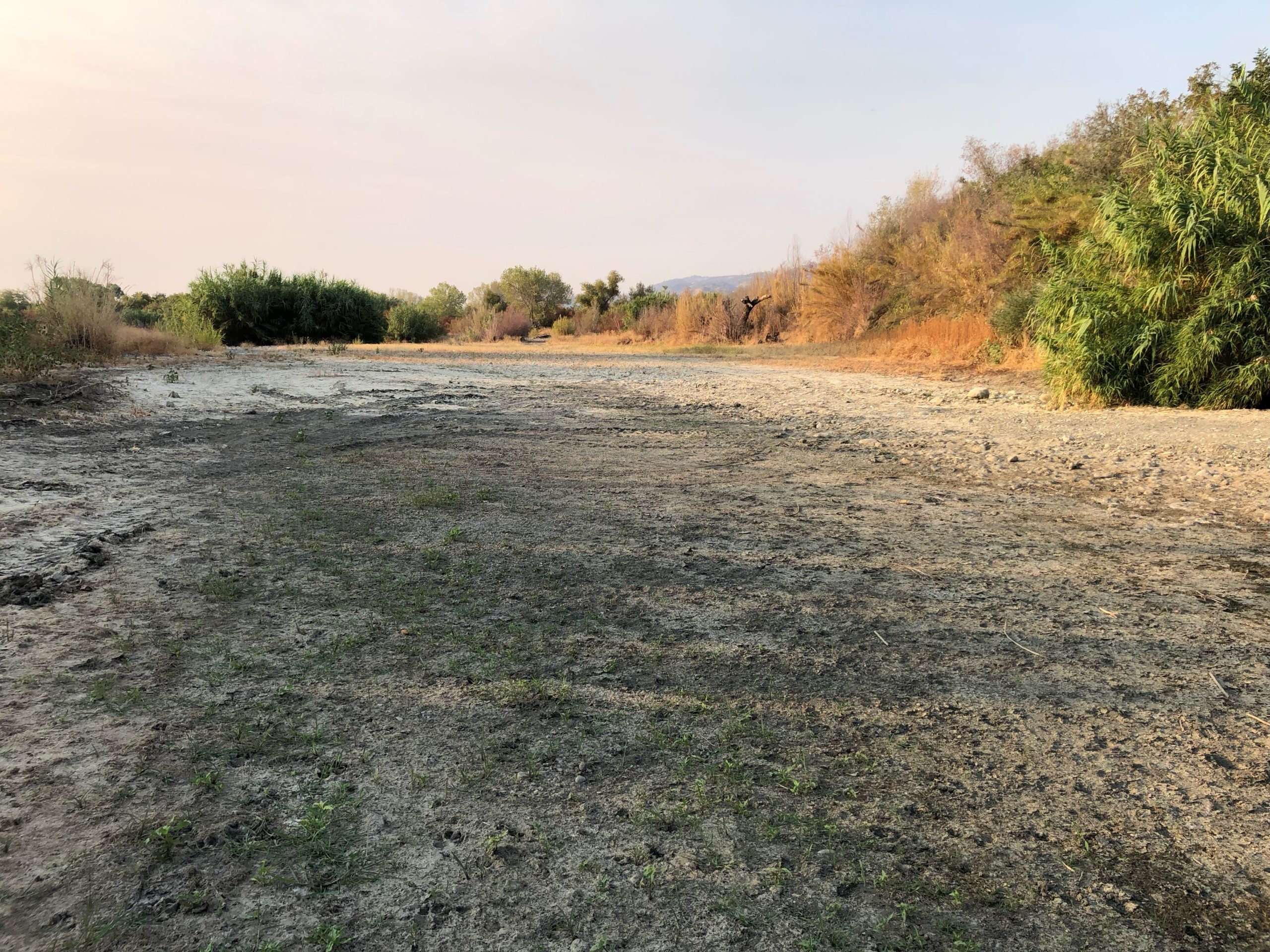
Saturday night’s moon was a remarkable fuzzy peach orb. It was a beautiful harvest moon, breaking through the suspended dust of a long valley summer hanging in the stale air. A full red/orange beacon, ushering in the ending of a long 2022 summer, rising though the haze of the Mosquito fire, and signaling the change to fall.
Yet the stifling heat last week was full-on summer plus. It was a cooker; the farm had a high of 119 on Tuesday and an average temperature at 4 o’clock each day of more than 112. It was challenging. People were generally grumpy, but labored to pick, pack, and sell what needed to be harvested. We took advantage of cooler mornings to get our work done and the crew finished early and headed home at 1:30 each day. The weather tested our notion of a resilient design and the resilience of those living and working here. We watched one another, encouraged water consumption and more breaks, and did our work knowing that these hot days will pass.
Those of you who have been to Full Belly may have enjoyed wading in the Cache Creek that borders the east side of the farm. As it goes past the farm on its way to the Sacramento Valley, the creek is a source of about 80% of our farm’s annual irrigation water. In most of the 39 years that we have lived here, the creek usually flows through the fall. This year there is no water. We are blessed here, however, with some pools of spring-fed water that allow us to continue reduced irrigation. The heat of last week may have been our most challenging points of the year. Some of those pools dried and we had to shift our strategies to support those things we have planted.
We have consistently seen the levels of these pools go up as temperatures cool and the vegetation along the streams reduces demand for their water. As we head into the fall, we are feeling optimistic that we will have enough water to plant and finish fall crops.
We get our drinking water from a deep well- 250 feet down- and we have other wells for irrigation water. As we monitor them this year, we are watching the levels drop, nearing the depths where the pumps are set. We are cutting back extraction cautiously; we are conscious of the scarcity but water makes crops that give income, that provide year round jobs, that keeping the good people here to steward this farm. The water in the creek will allow us to continue this pattern.
So are starting our fall plantings with a clearer appreciation that over time it may be water that determines our livelihood and shapes our outcomes here.
This year, more than ever, we are confronted with the question of resilient design-how we organize our farm and our community to be able to confront the challenges of fire, heat and water scarcity. As we see more clearly our relationships to water, fire, heat, air quality, carbon cycles, energy, and the life forms with which we share this planet, we are called to reimagine the design and patterns of our daily lives.
The Hopi talked about the 11th hour when we need to rethink our most basic relationships. Their elders questioned and then espoused the following:
Where are you living?
What are you doing?
What are your relationships?
Are you in right relation?
Where is your water?
Know your garden.
It is time to speak your truth.
Create your community.
Be good to each other.
And do not look outside yourself for your leader.
As we reimagine, we look to those who are wise speakers. Sir Albert Howard, one of the founding voices for Organic agriculture said that the goal of a farmer is to maintain fertility of soil. Food production is a secondary outcome of that care. Wendell Berry writes of a need to rekindle our imagination about our relationship to and affection for the marvelous lessons of living in right relationship to the natural world. Woody Tasch talks of re-imagining the velocity of money – slowing some of it down- thinking “Slow Money”, and potential of a “Call to Farms” and evolving “Beet Coin” for a change in our economic relations and the social consequences of how we view gain and the role of money.
We are continuing to ask ourselves about the design of this farm, our relationship to fostering healthful diversity, our scale and ability to care and protect the resources of this place, how much we take, and what is returned to maintain and enhance the wellbeing of the whole.
The formula is not clear given the wide variations in heat, season, water, labor and our own imagining. The principles upon which we need to focus are more certain. Invest in the basics and in their care, build on love and affection, protect and nurture diversity, know your garden, speak your truth, create your community, be good to one another, and begin.
Blessings on your meals.
– Paul Muller
